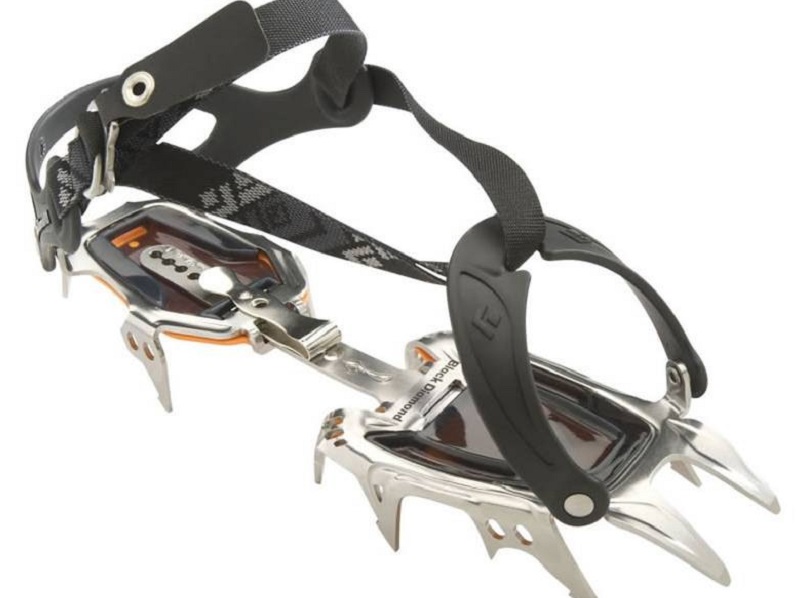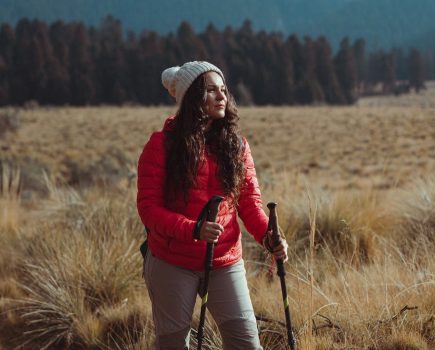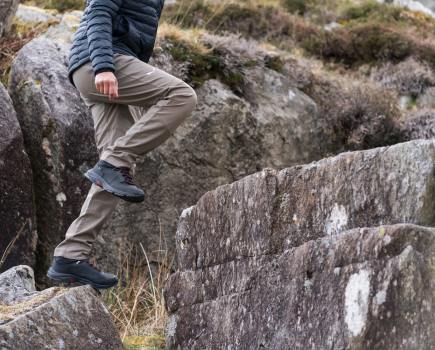Chris Townsend reviews the best crampons on the market and takes us through what to look for when buying a pair
When there is snow and ice on the hills crampons are essential for safety. They also make walking easier and open up the mountains in winter. Without them there are limits to where you can safely go, crampons enable you to stay on your feet on any icy terrain, even if it’s flat. Rubber soles just don’t grip on ice or hard snow.
The choice in crampons is large. Many are designed for serious technical climbing though and are unsuitable for hillwalking. Those intended for walkers are usually simpler in design, lighter in weight and less expensive than those designed for graded winter climbs. Crampons suitable for hillwalking may be described as being for glacier travel, general mountaineering or ski mountaineering.
The key with crampons is that they should fit your footwear securely. For walkers, flexible crampons that can be fittted to flexible or semi-stiff boots are best. With such crampons and boots you can climb any slope on which you can put your feet down fl at (this may require traversing on steeper slopes). Once the angle is such that you can only ascend on the front points of the crampons you need stiff boots to go any distance. Bendy boots are too tiring and unstable to do this for long. Techniques need to be learnt and practiced. You also need to know when to put them on – ie. as soon as you reach terrain where they might be needed and not halfway up an icy slope.
Check for this
1. Points
Crampons usually have 10 or 12 points. Front points that angle outwards are for steep slopes and technical climbing. These can be useful on some hill walks. Crampons without front points are for gentler terrain. The length of points is not a major consideration but shorter ones are more stable when walking on rocks or bare ground, something often done in the British hills when the snow and ice is patchy.
2. Flex
To fit walking footwear crampons need to have a flexible bar linking the front and rear sections. Rigid crampons are for use with rigid boots and shouldn’t be used with flexible footwear. They are designed for climbing not walking.
3. Materials
Steel is the standard material for crampons as it is hard-wearing and the points hold an edge well and are easily sharpened. Aluminium is used to make very light crampons. It’s fine for occasional use but blunts easily, isn’t as durable and may not grip on hard ice.
4. Bindings
Attaching crampons with cold fingers can be difficult but often has to be done so attachment systems need to be simple and quick to adjust. Flexible plastic cradles at toe and heel linked by a single strap are perhaps the easiest system for walking boots. This is sometimes called a universal or strap-on binding. Clip bindings at the heel and/or the toe are very easy and fast to use but are only suitable for boots with welts.
5. Anti-Ball Plates
Soft snow can build up in big clumps on crampons, which makes walking uncomfortable and dangerous as stability is reduced. Rubber or plastic plates fitted between the spikes reduce this.
6. Fit
Crampons must fit footwear securely. This needs to be checked as not all crampons are compatible with all footwear. All the crampons tested have an adjustable flex bar with a sprung clip that makes altering the length easy.
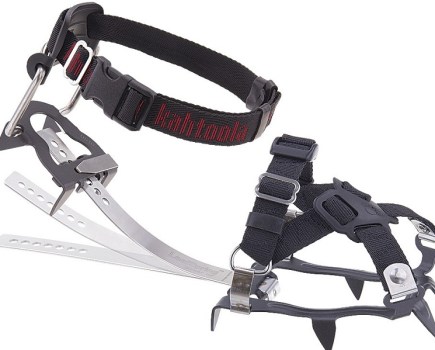
Kahtoola KTS Steel
Designed for hikers and runners on non-technical terrain these crampons are different to the others…
Click here to read the full review
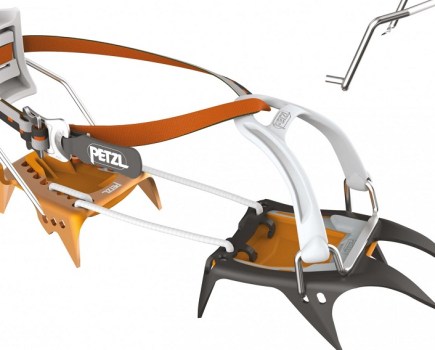
Petzl Irvis
The new Irvis crampons are lightweight and have 10 sharp points. They’re available with a rear clip and front cradle or two cradles. I tested the latter…
Click here to read the full review

Grivel Monte Rosa
These may not be the lightest crampon, but they are versatile, indestructible all-rounders…
Click here to read the full review

